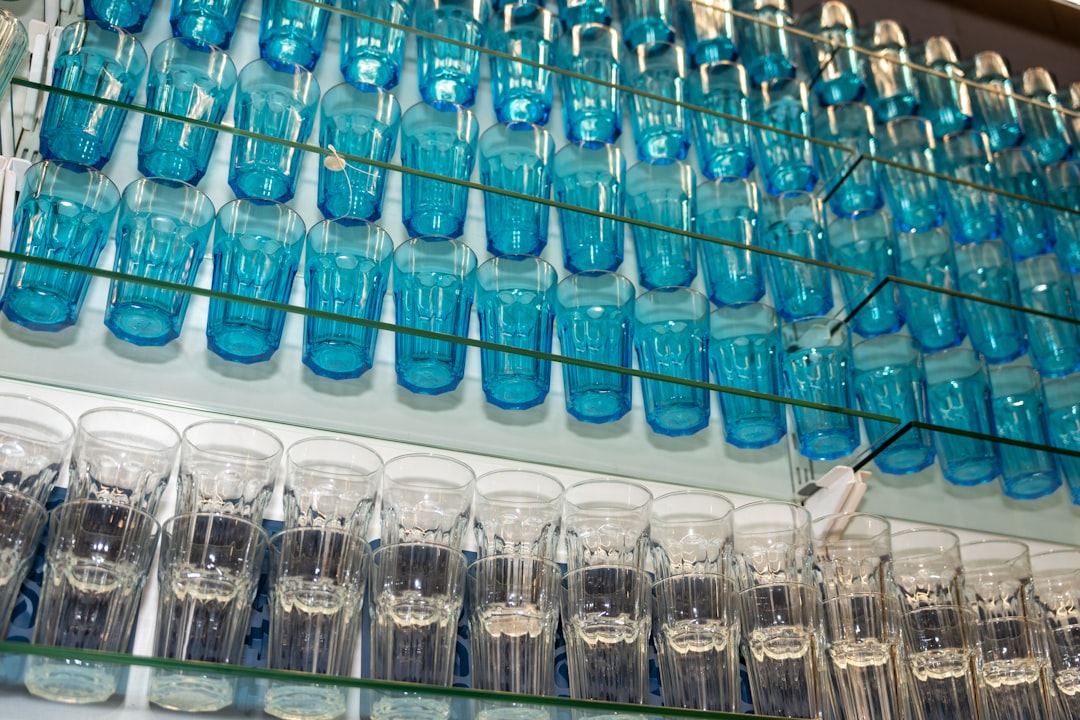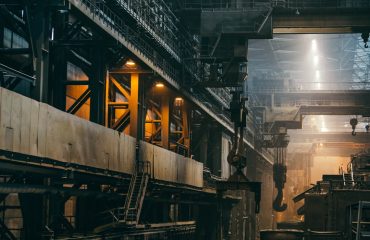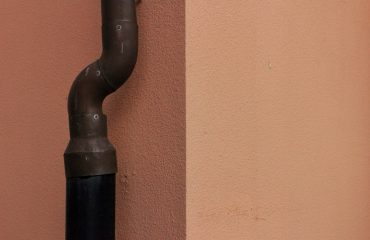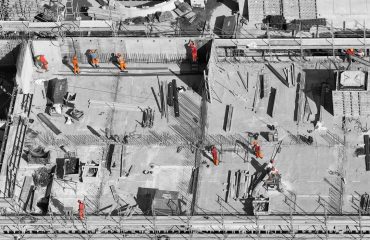Selecting the appropriate piping system for a chemical plant is a critical decision impacting safety, efficiency, and longevity. The wrong choice can lead to costly repairs, production downtime, environmental hazards, and even catastrophic failures. This comprehensive guide will delve into the key factors to consider when choosing pipes for your chemical processing facility.
1. Understanding Chemical Compatibility: The Foundation of Pipe Selection
The most crucial aspect of pipe selection in a chemical plant is ensuring complete compatibility between the pipe material and the chemicals being processed. Different materials react differently to various chemicals. Some materials may be completely inert, while others may undergo corrosion, degradation, or even violent reactions. Before selecting any pipe material, a thorough chemical compatibility assessment is mandatory. This involves considering:
- Chemical composition: Precise identification of all chemicals involved, including impurities and potential byproducts.
- Concentration: The concentration of each chemical significantly influences its reactivity.
- Temperature: Elevated temperatures can accelerate chemical reactions and corrosion rates.
- Pressure: High pressure can exacerbate the effects of chemical attack.
- Flow rate: The velocity of the fluid can influence erosion and corrosion.
Material selection charts and specialized software can aid in this process. Consult with materials engineers and chemical experts to ensure accurate assessment and selection of compatible materials.
2. Pressure and Temperature Ratings: Ensuring Operational Safety
Chemical processes often involve high pressures and temperatures. The selected pipe must have sufficient pressure and temperature ratings to withstand these operating conditions without failure. Pipe specifications typically include pressure ratings (e.g., ANSI class ratings) and temperature limits. These ratings must be carefully checked against the anticipated operating conditions to ensure a safe and reliable system. Factors to consider include:
- Maximum operating pressure (MOP): The highest pressure the pipe will experience during normal operation.
- Maximum allowable working pressure (MAWP): The maximum pressure allowed by design codes and regulations.
- Design temperature: The highest temperature the pipe will experience during normal operation.
- Safety factors: Design codes incorporate safety factors to account for uncertainties and variations in operating conditions.
Overlooking these factors can lead to pipe ruptures, leaks, and potentially catastrophic consequences.
3. Corrosion Resistance: Protecting Against Degradation
Corrosion is a major concern in chemical plants, leading to pipe degradation, leaks, and eventual failure. The choice of pipe material should prioritize corrosion resistance in the specific chemical environment. Common corrosion mechanisms include:
- Uniform corrosion: Even corrosion across the pipe surface.
- Pitting corrosion: Localized corrosion leading to small holes.
- Crevice corrosion: Corrosion in confined spaces, such as under gaskets or flanges.
- Stress corrosion cracking: Cracking caused by a combination of stress and corrosive environment.
Materials like stainless steel (various grades), nickel alloys, and certain plastics offer excellent corrosion resistance in many chemical environments. However, the specific choice depends heavily on the chemical composition and operating conditions. Corrosion inhibitors and protective coatings can also be used to enhance the lifespan of the piping system.
4. Cost Considerations and Material Selection: Balancing Performance and Budget
While performance and safety are paramount, cost is also a significant factor in pipe selection. Different materials have vastly different costs. Stainless steel, for example, is generally more expensive than carbon steel. The decision involves balancing the initial cost of the material with the long-term costs associated with maintenance, repairs, and potential downtime due to failures. Factors to consider include:
- Initial material cost: The purchase price of the pipe.
- Installation cost: The cost of installing and connecting the pipes.
- Maintenance cost: The cost of regular inspections, cleaning, and repairs.
- Replacement cost: The cost of replacing damaged or worn-out pipes.
- Downtime cost: The cost of production losses due to pipe failures.
A life-cycle cost analysis can help determine the most economical choice over the long term.
5. Regulatory Compliance and Industry Standards: Adhering to Safety Regulations
Chemical plants are subject to strict regulations and industry standards concerning piping systems. These regulations aim to ensure safety and prevent environmental hazards. Compliance is crucial, and pipe selection must adhere to relevant codes and standards. This includes:
- ASME B31.3: Process piping code.
- ASME B31.1: Power piping code.
- API standards: Standards from the American Petroleum Institute.
- Local and national regulations: Regulations specific to the location of the plant.
Failure to comply with these regulations can lead to fines, legal action, and potential harm to personnel and the environment. It is essential to consult with qualified engineers and regulatory experts to ensure compliance throughout the design and construction process.
Selecting the correct piping system for a chemical plant is a complex process requiring careful consideration of numerous factors. By thoroughly evaluating chemical compatibility, pressure and temperature ratings, corrosion resistance, cost considerations, and regulatory compliance, you can choose a piping system that ensures safety, efficiency, and longevity for your operations.
Tags:
Chemical plant piping, pipe selection, material compatibility, corrosion resistance, pressure ratings, chemical processing, industrial piping




